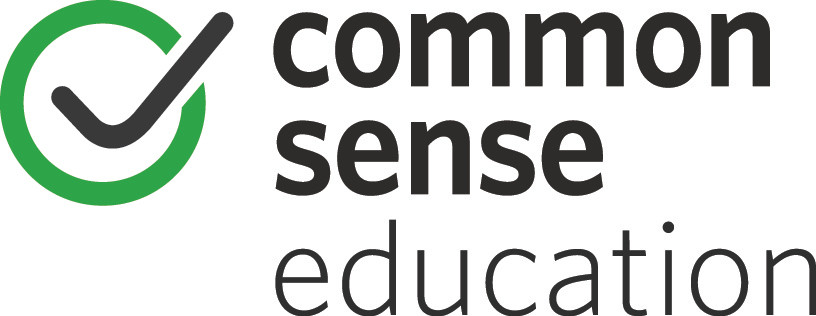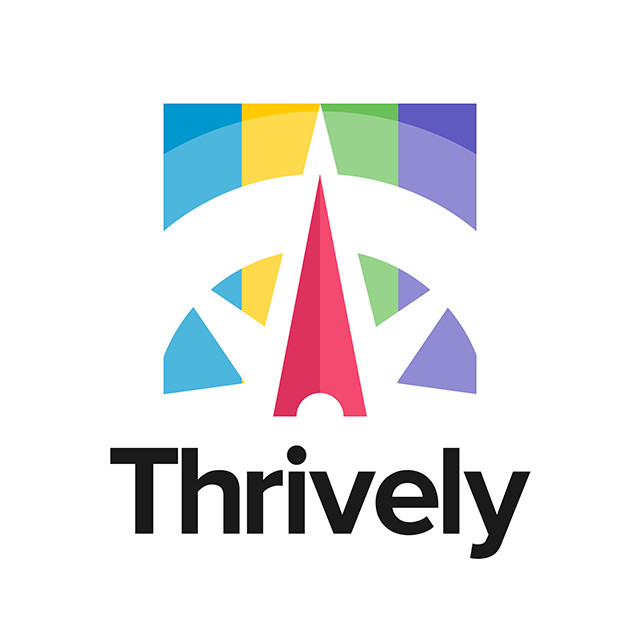Planning for Elementary School Closures #CoronaVirus #CoVid19 #RemoteLearning
Here are some ways schools can prepare:

Schools being closed is nothing new. There are spring and winter breaks. There are snow days. There is summer vacation. At these times teachers, schools, and districts may decide to give students homework packets with various activities. Parents need to figure out childcare.
These days we have the Corona Virus looming and already being the cause of school closures in various cities, countries, or just at particular schools. In the age of technology, planning for secondary students has become a bit easier as many schools already use platforms like Google Classroom, Schoology, or Microsoft Teams. Additionally, childcare is not as a big of a concern for older children, but what about elementary school students?
Here are some ways schools can prepare:
Communication
Communication is key. Once you have a way to stay connected, families can be informed and updated as needed.
ONLINE PLATFORMS
Parents
Facebook is where parents already are and the learning curve for most is non-existent. Set up a private group, using your school's email address. Send the link to join to all your parents. Designate group administrators and moderators. Set the group rules. Start important discussions, such as:
- Help parents connect around childcare needs.
- Give parents tips for home learning
- Provide the latest news
Learn how to use Facebook Live to speak with parents and encourage them to comment on the Livestream.
Students
If you don't have one, set up a community for students in a platform such as Google Classroom, Teams, or Schoology. Have all students log in during class. Try to ensure parents can help their students log on. Practice having students engage in the platform. If you have very young students, practice with a very simple prompt and have them respond with emojis. The point is getting them used to the platform. Experiment in class with things like video conferencing.
Tech & Learning Newsletter
Tools and ideas to transform education. Sign up below.
Phones
There are schools where many families may not have access to devices or Wi-Fi. Don't forget about the power of the telephone. In some districts, Microsoft Teams is set up so that up to 250 people can be in a call. If you don't have this set up, see if you can arrange that. Free Conference Call is another option.
Make sure that you have as many phone numbers as possible, and have a number set up for families to call as makes sense. Google Voice might be a good option for this.
Childcare
Have families start thinking about this now. Encourage them to connect with each other. Encourage them to connect with teachers and other school staff who may be able to help. Suggest they think of family members such as grandparents who can come visit and help with childcare needs.
LEARNING
Here are some ideas for keeping the learning going when school is closed.
General
- Breaks: Encourage families to start by thinking about the learning that happens over summer and breaks.
- Homeschooling groups: Find some local and online homeschooling groups they can join. Find out how they provide learning for students.
- Library: Go to the library and have your child pick out lots of books.
Online Resources

Common Sense Media:
Not sure what's best for online learning? Common Sense Media has you covered with ratings, reviews, and recommendations for apps, movies, websites, games, and more.

GoNoodle:
Help your children and yourself stay active and mindful with GoNoodle

Thrively:
Find the right kids activities, educational games, and apps for your child. Show your kids just what they can do with Thrively. Joining is free. Kids get a strength assessment and then suggested online and face-to-face activities.
A forced school closure whether due to virus, disaster, or other unwanted circumstance will be challenging. However, if districts, schools, parents, and students work together to stay connected and be prepared, there is an opportunity for everyone to learn important lessons and become more connected.
cross posted at The Innovative Educator
Lisa Nielsen (@InnovativeEdu) has worked as a public-school educator and administrator since 1997. She is a prolific writer best known for her award-winning blog, The Innovative Educator. Nielsen is the author of several books and her writing has been featured in media outlets such as The New York Times,The Wall Street Journal, Tech&Learning, and T.H.E. Journal.
Lisa Nielsen (@InnovativeEdu) has worked as a public-school educator and administrator since 1997. She is a prolific writer best known for her award-winning blog, The Innovative Educator. Nielsen is the author of several books and her writing has been featured in media outlets such as The New York Times, The Wall Street Journal, and Tech & Learning.
Disclaimer: The information shared here is strictly that of the author and does not reflect the opinions or endorsement of her employer.
